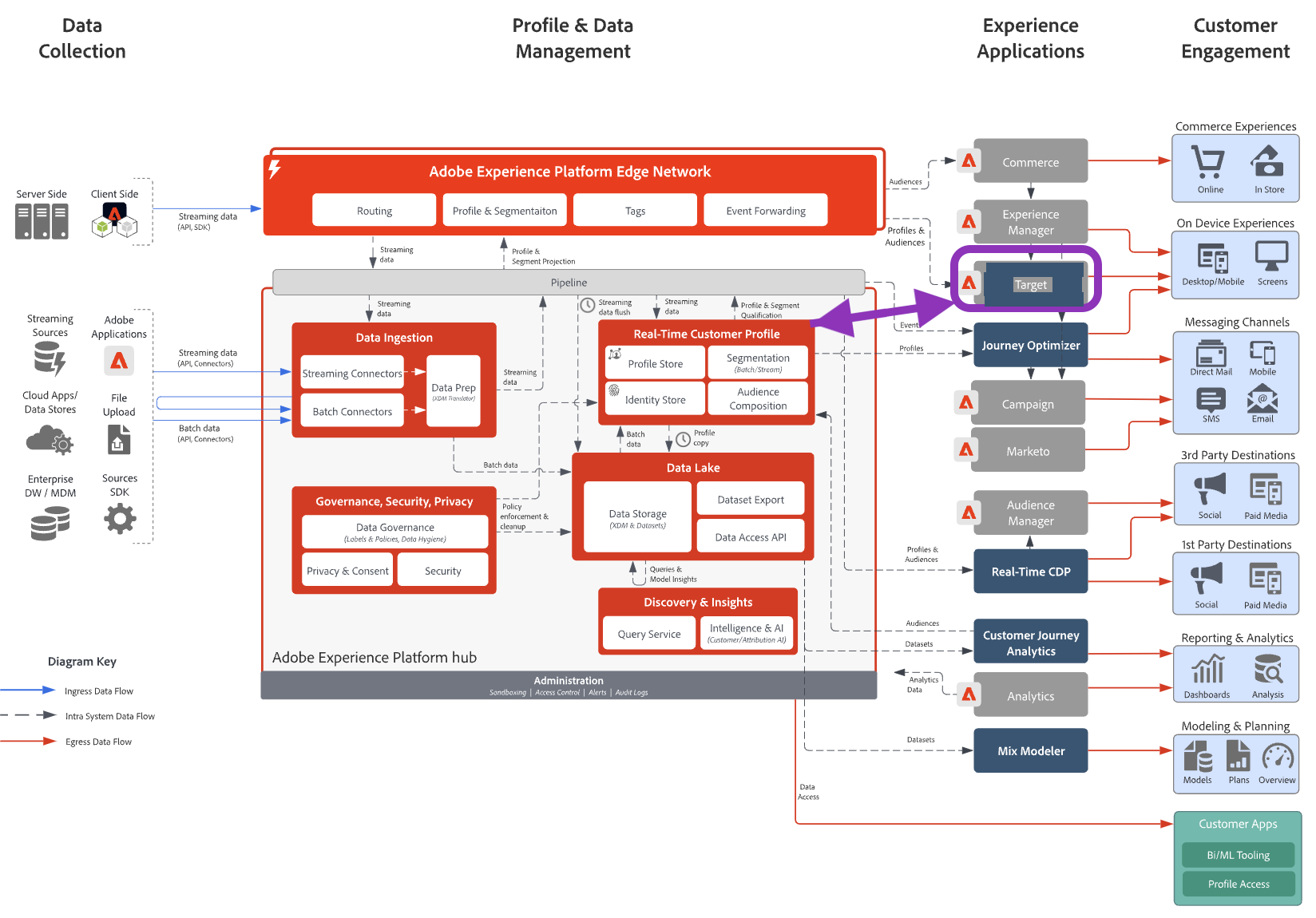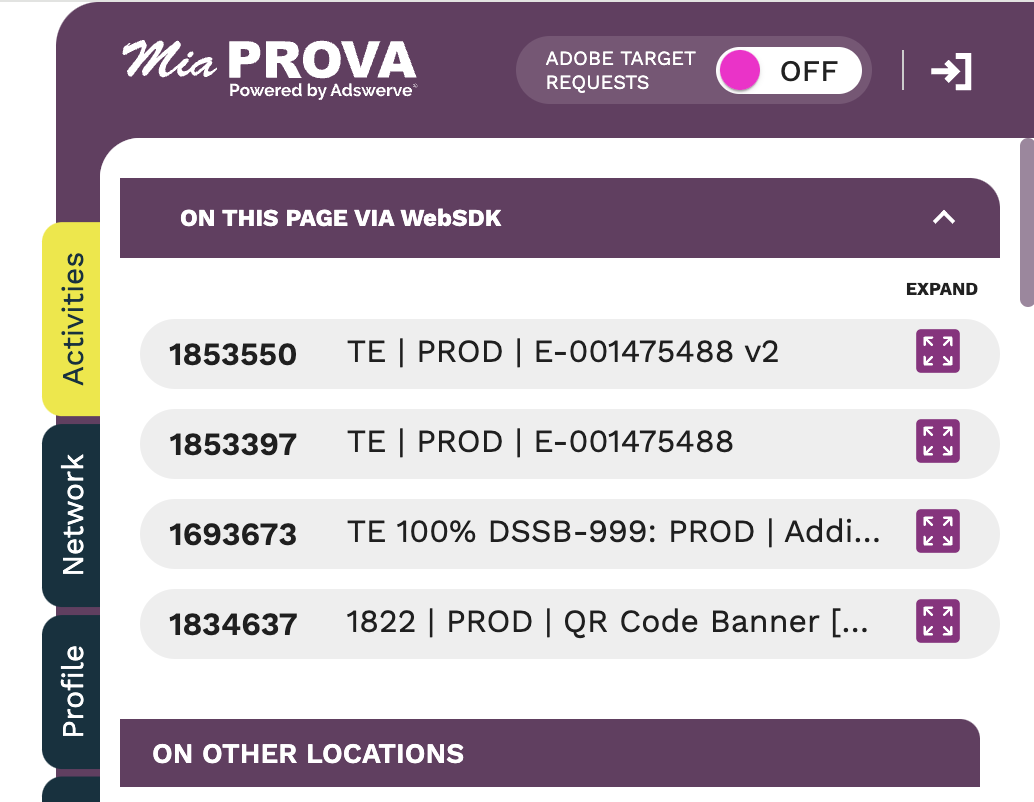Optimization Management
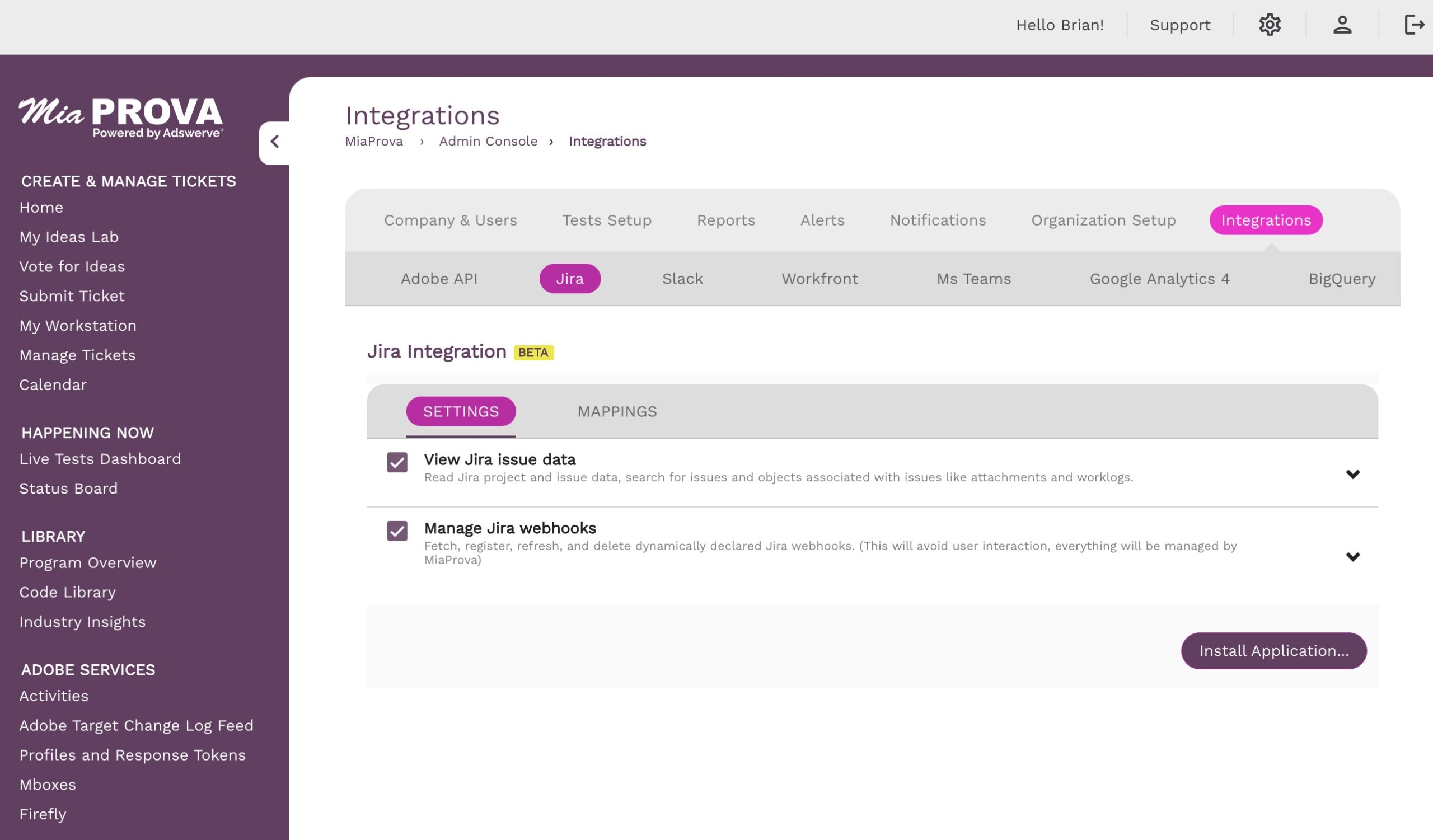
Jira and Optimization Mangement


MiaProva JIRA Integration: Streamlining Experiment Management In today’s fast-paced digital landscape, businesses rely on experimentation and optimization to enhance user experiences and drive better outcomes.…
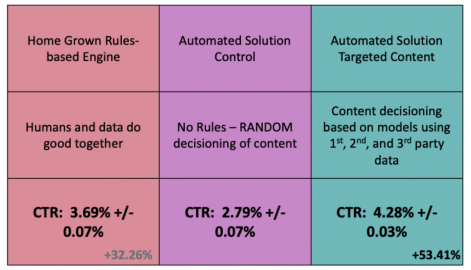
Why are we paying for Adobe Target Premium?


Optimization Management is so much more than managing the intake and output of tests. A true Optimization Management Platform enables the organization to monitor tests…
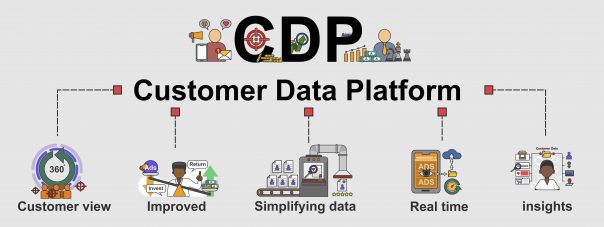
Adobe Target and Customer Data Platforms (CDPs)


If your organization leverages Adobe Target for their optimization and personalization efforts and you have not joined your internal Visitor ID to Adobe Target’s visitor…
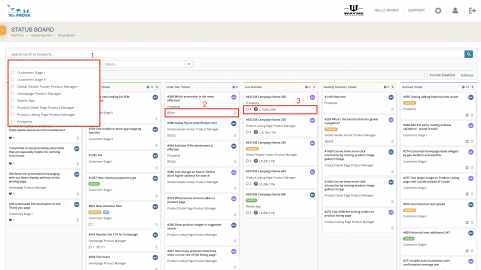 Posted On Optimization Management
Posted On Optimization ManagementCustomer Journey Optimization


All of the more advanced and sophisticated optimization programs did not start that way. How they started and their path to awesomeness most certainly varied…
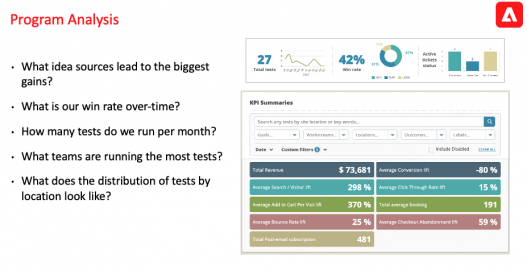
Analytics for Target (A4T) and Optimization Programs


The other week, I had the pleasure of joining Adobe on a webinar to dive into Analytics for Target (A4T) and how it can be…

Adobe Target technical interview questions


MiaProva facilitates scale. In fact, we have found that, on average, our customers are running ~30% more tests than before they were using MiaProva. Because…
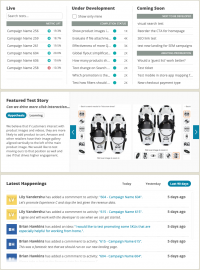 Posted On Optimization Management
Posted On Optimization ManagementOptimization in our remote world


Testing is not easy by any means. In fact, it is arguably quite challenging. Running and managing an optimization program is even harder. If you…
 Posted On Optimization Management
Posted On Optimization ManagementLast Time for Lost Time


What is your most valuable, irreplaceable resource in the never-ending quest to engage your customers? Time. It passes, it’s gone, and you can never recover…
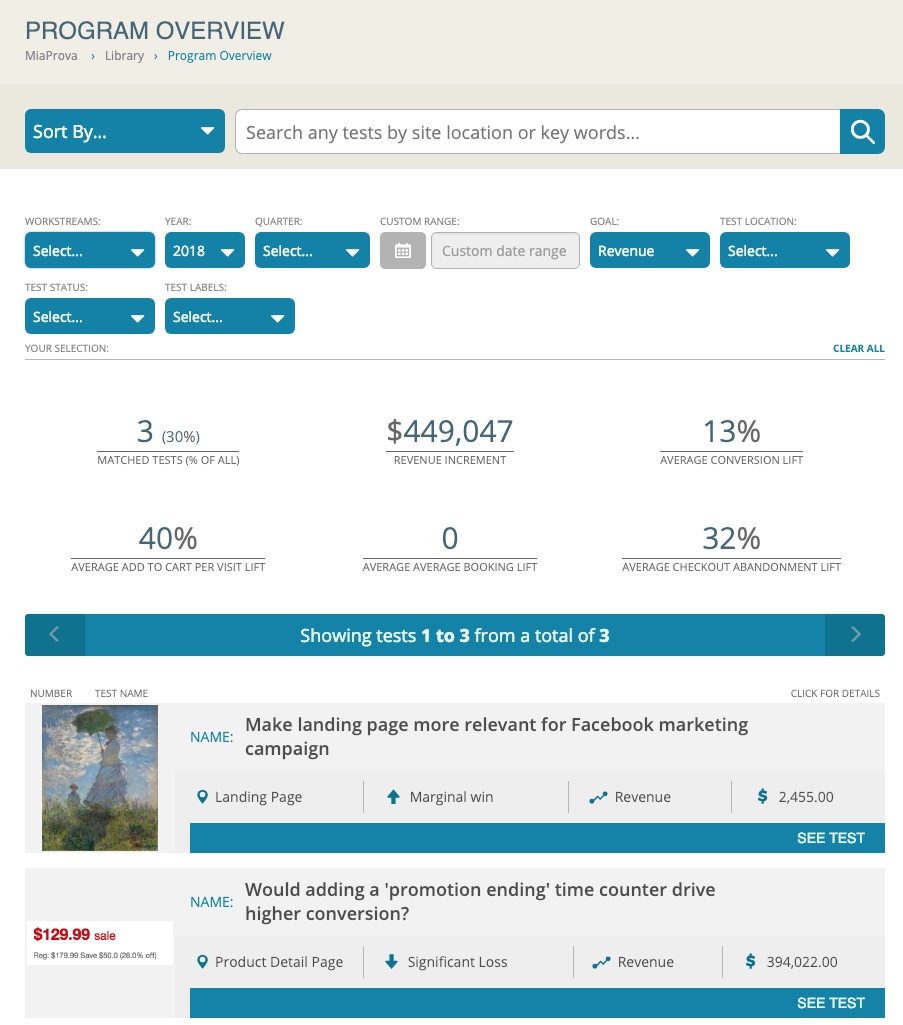
MiaProva 2018


Like you, we love data… As we are closing out the year here at MiaProva, we took a step back to examine some numbers and…

Welcome to the MiaProva Blog!


It has been almost a year since MiaProva came out of beta and was publicly made available to the world. It has been an incredible…
